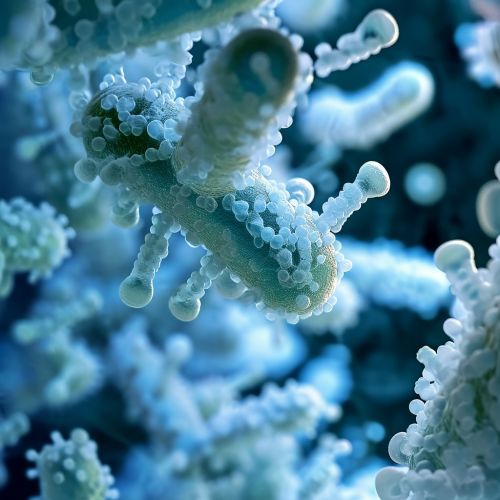Methanogens
Introduction
Methanogens are a group of archaeans that produce methane as a metabolic byproduct in anoxic conditions. They are prokaryotic and belong to the domain Archaea. Methanogens play a vital role in the global carbon cycle and significantly contribute to global warming due to the greenhouse effect of methane.


Classification
Methanogens belong to the phylum Euryarchaeota of the domain Archaea. They are further classified into several orders, including Methanobacteriales, Methanococcales, Methanomicrobiales, Methanosarcinales, and Methanopyrales. Each order comprises several families, genera, and species, all of which are characterized by their ability to produce methane.
Morphology
Methanogens exhibit a variety of morphologies, including rods, cocci, spirals, and irregular shapes. Some species form aggregates or filaments. They lack peptidoglycan in their cell walls, a characteristic feature of the domain Archaea. Instead, their cell walls are composed of pseudomurein or other polysaccharides, proteins, or glycoproteins.
Metabolism
Methanogens are anaerobic organisms that produce methane through the process of methanogenesis. Methanogenesis is a form of anaerobic respiration where carbon dioxide, acetate, or other simple organic compounds are reduced to methane. The process involves a series of biochemical reactions catalyzed by specific enzymes. Methanogens are unique in that they are the only organisms capable of methanogenesis.
Ecology
Methanogens are widely distributed in nature and can be found in a variety of environments where oxygen is absent or in short supply. These include wetlands, rice paddies, the digestive tracts of ruminants and termites, deep-sea hydrothermal vents, and anoxic layers of lake sediments. They play a crucial role in the carbon cycle by converting carbon dioxide into methane, a potent greenhouse gas.
Role in Global Warming
Methanogens contribute to global warming due to the greenhouse effect of methane. Methane is over 25 times more potent as a greenhouse gas than carbon dioxide over a 100-year period. The release of methane from wetlands, rice paddies, and the digestive tracts of ruminants contributes significantly to the total greenhouse gas emissions.
Industrial Applications
Methanogens have several industrial applications. They are used in the production of biogas, a renewable energy source. In the process of anaerobic digestion, organic waste is broken down by methanogens to produce methane, which can be used as a fuel. Methanogens are also used in the treatment of wastewater and solid waste.
Genomics
The genomes of several methanogens have been sequenced, providing insights into their metabolic pathways and their adaptation to extreme environments. The genome size varies among different species, ranging from 1.66 to 5.75 Mb. The genomic studies have also shed light on the evolution of methanogens and their relationship with other archaeans.
